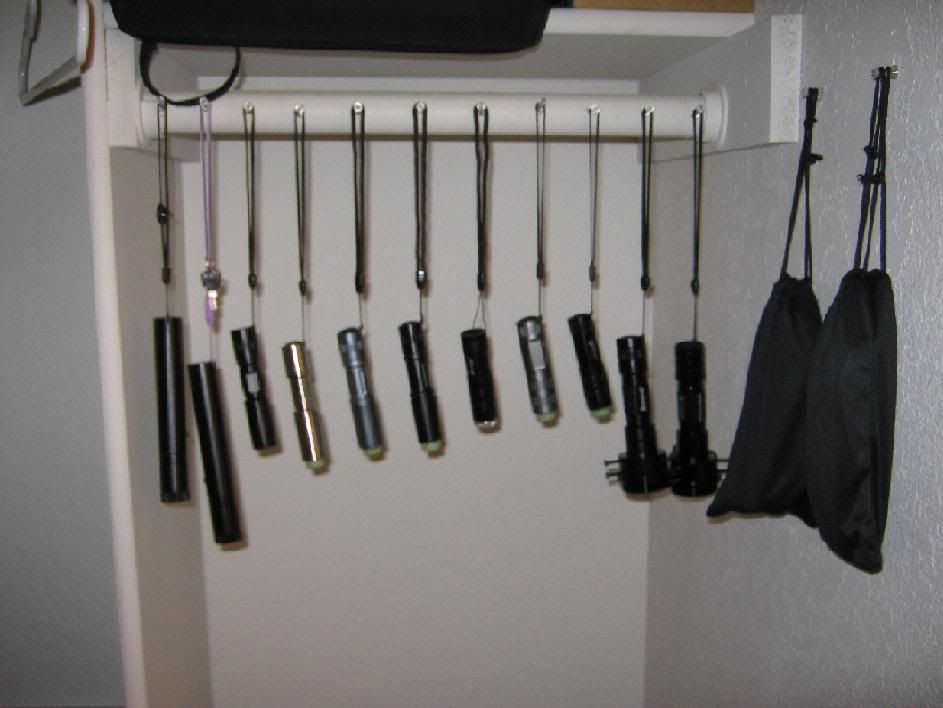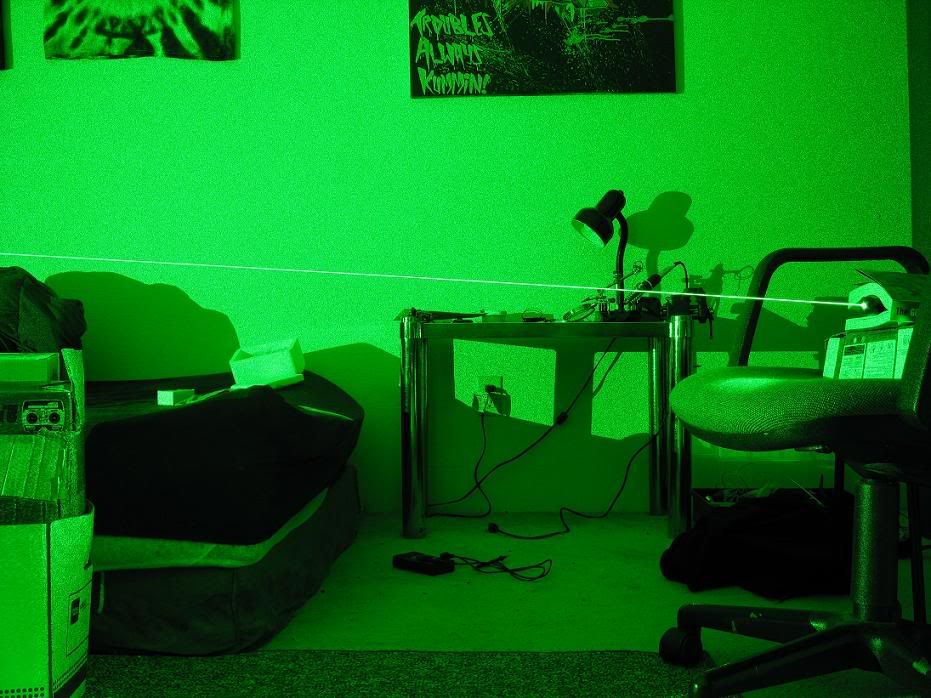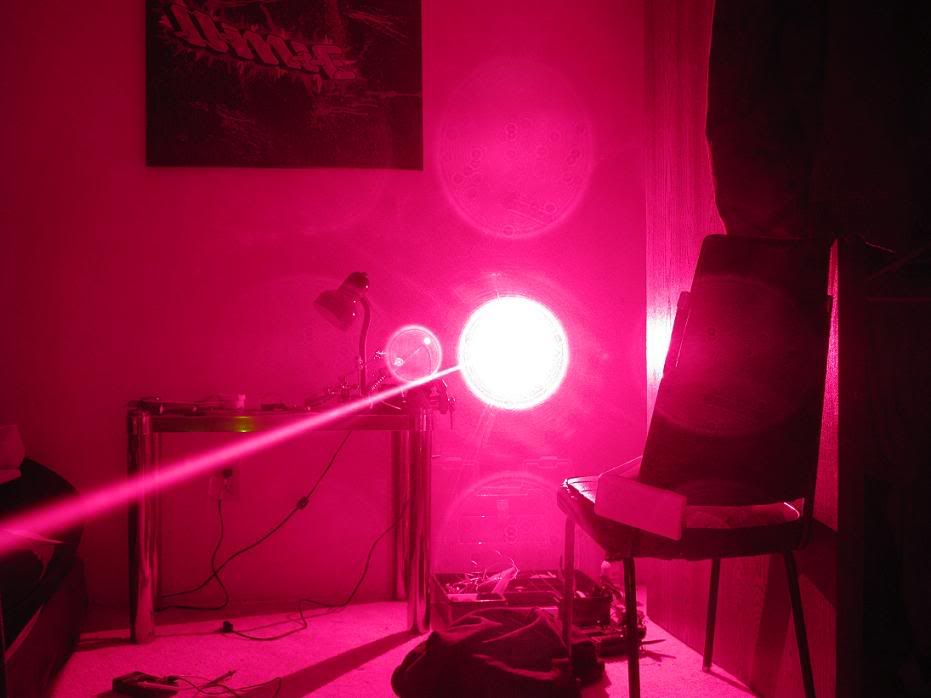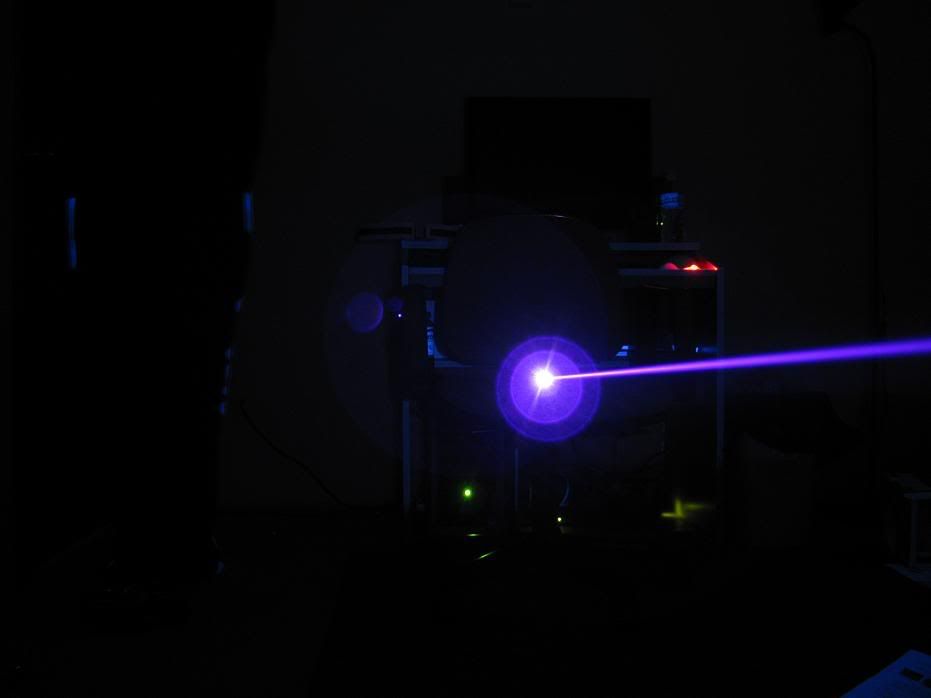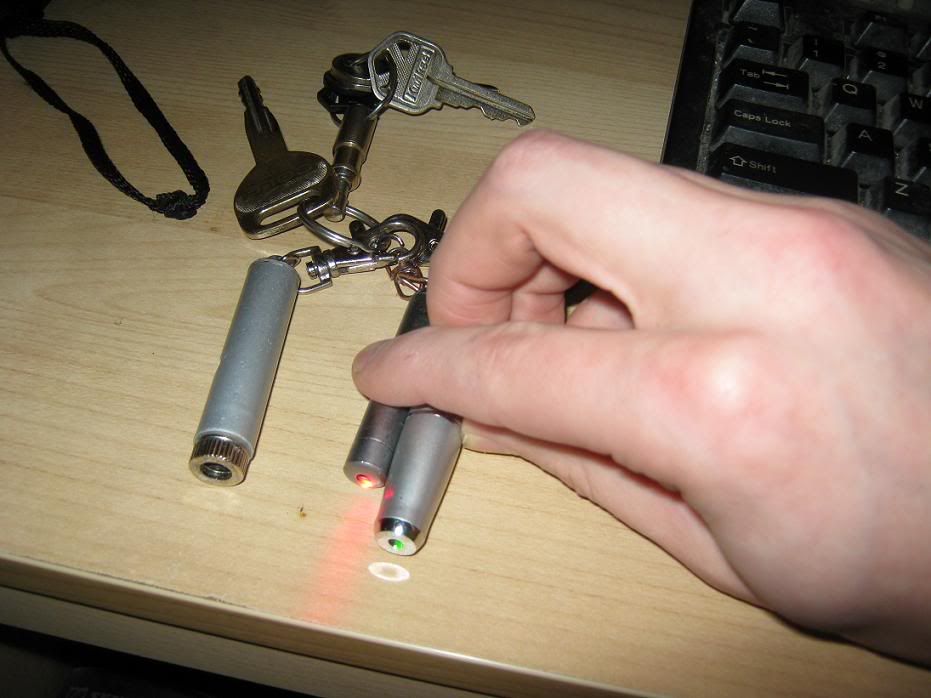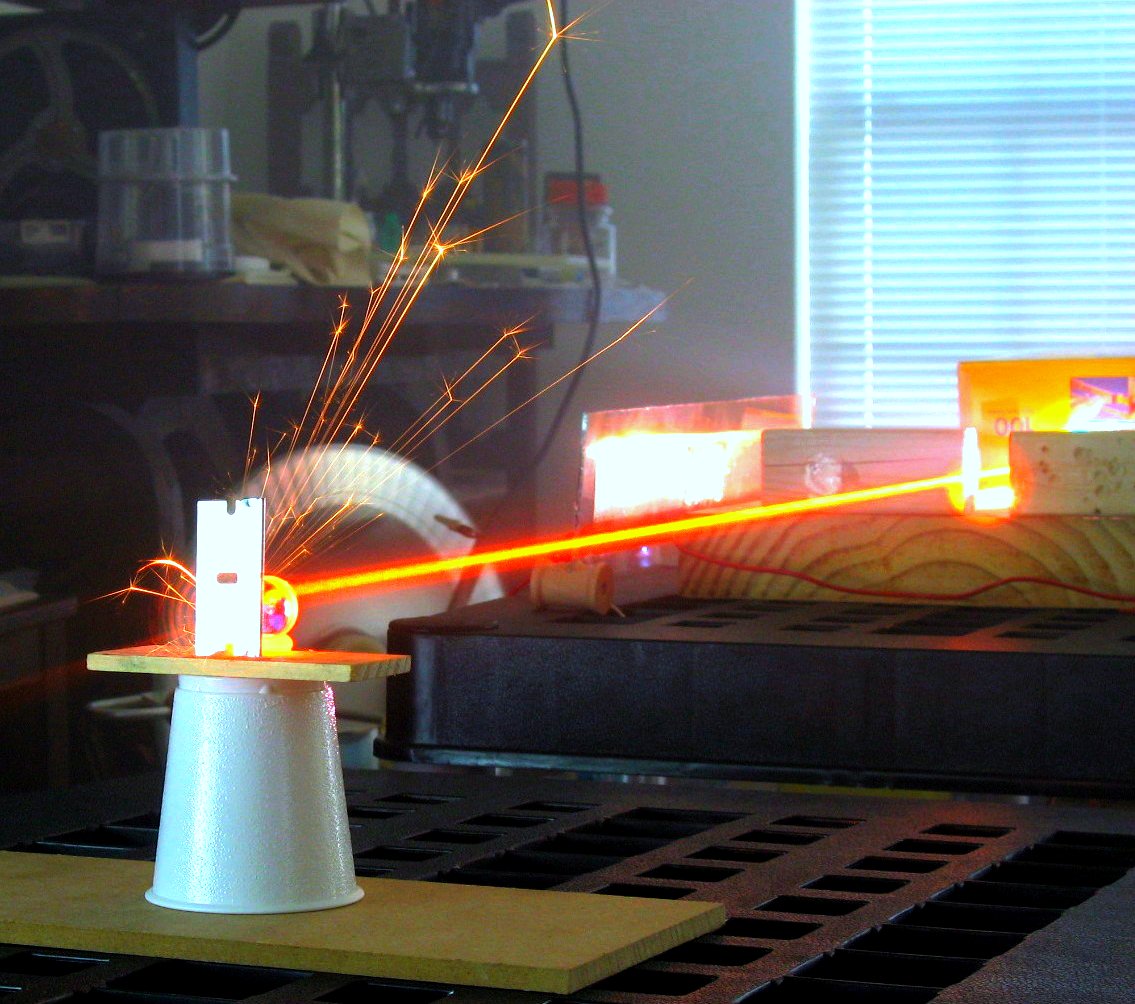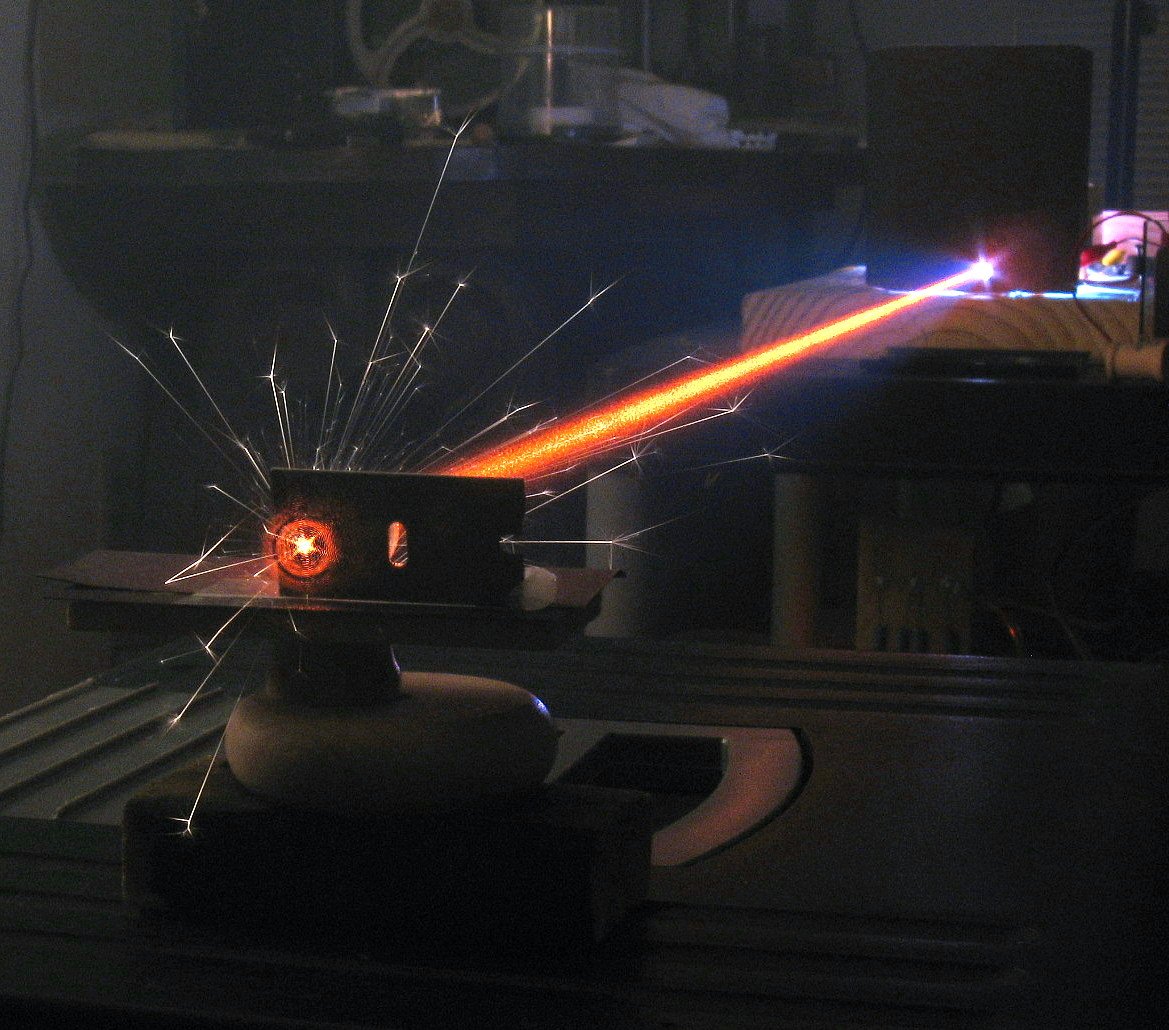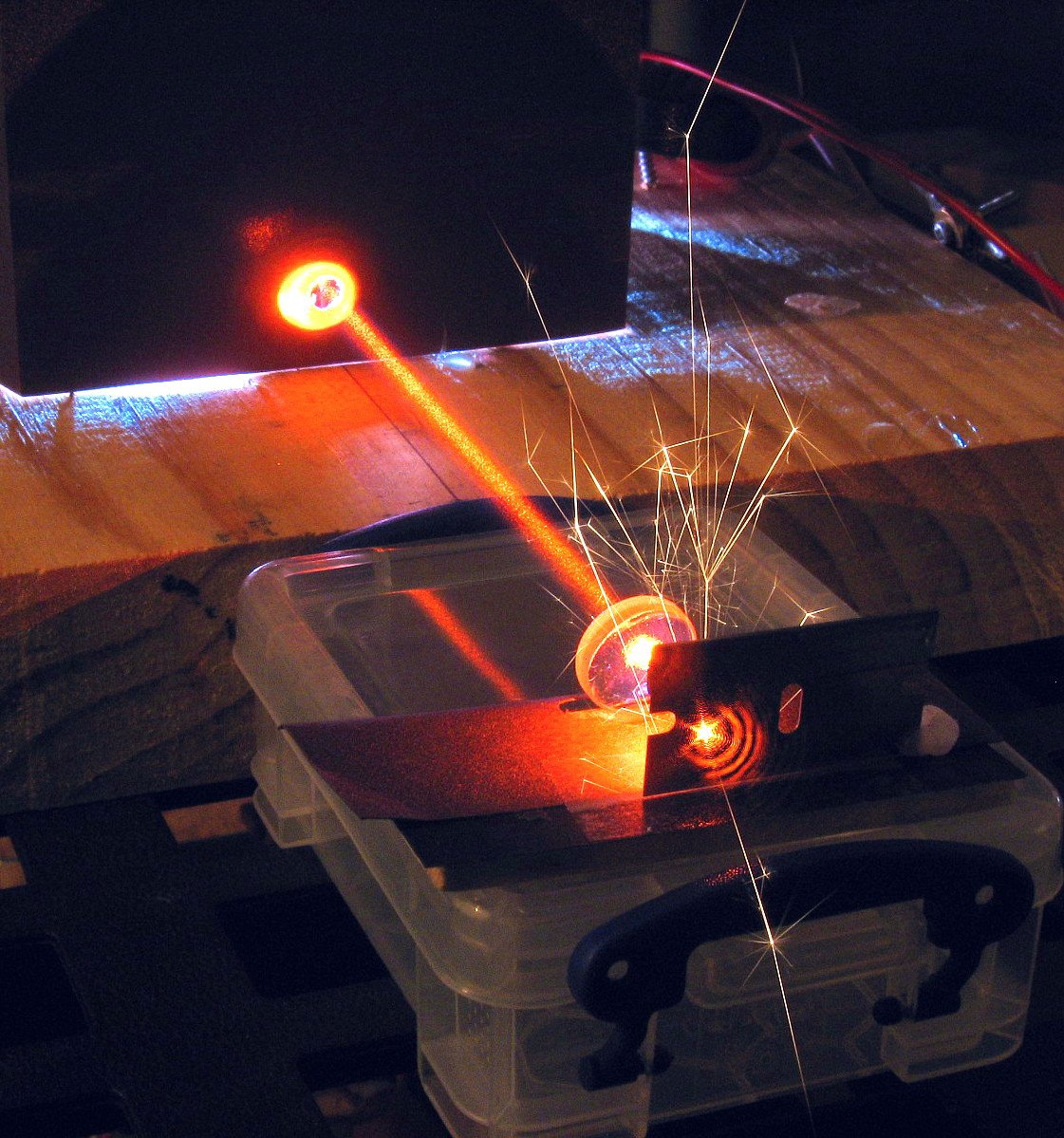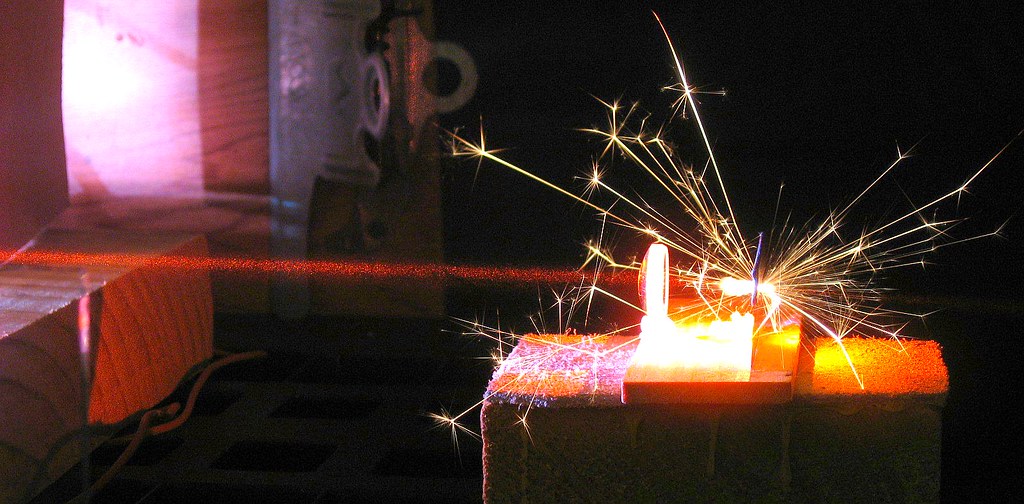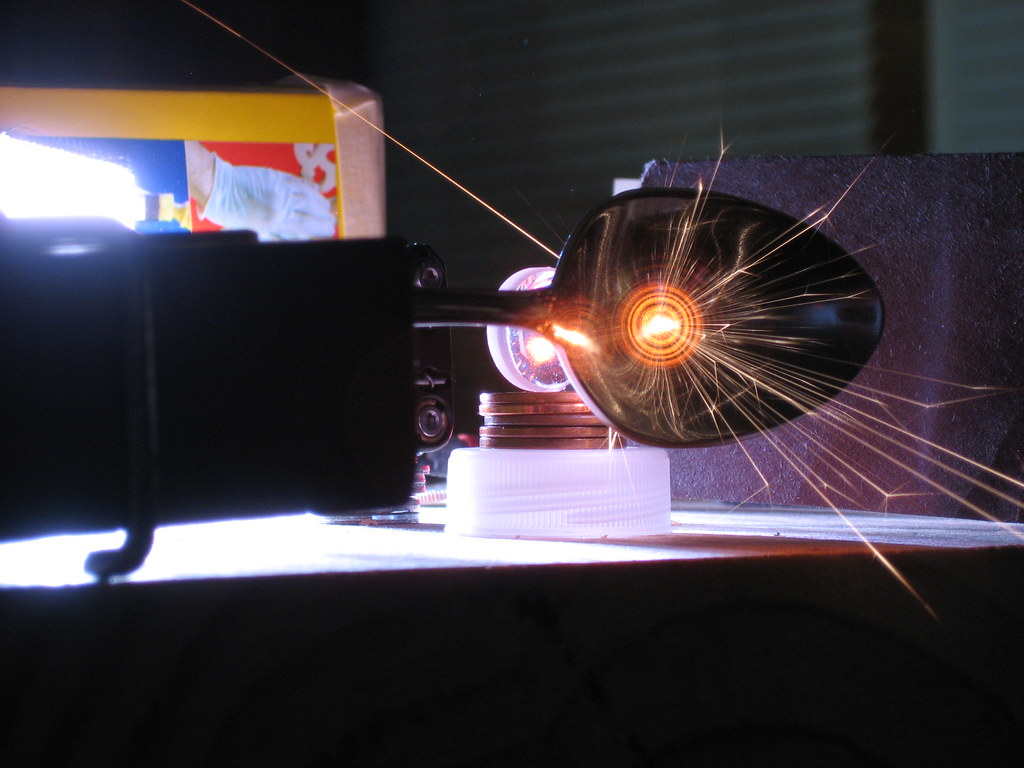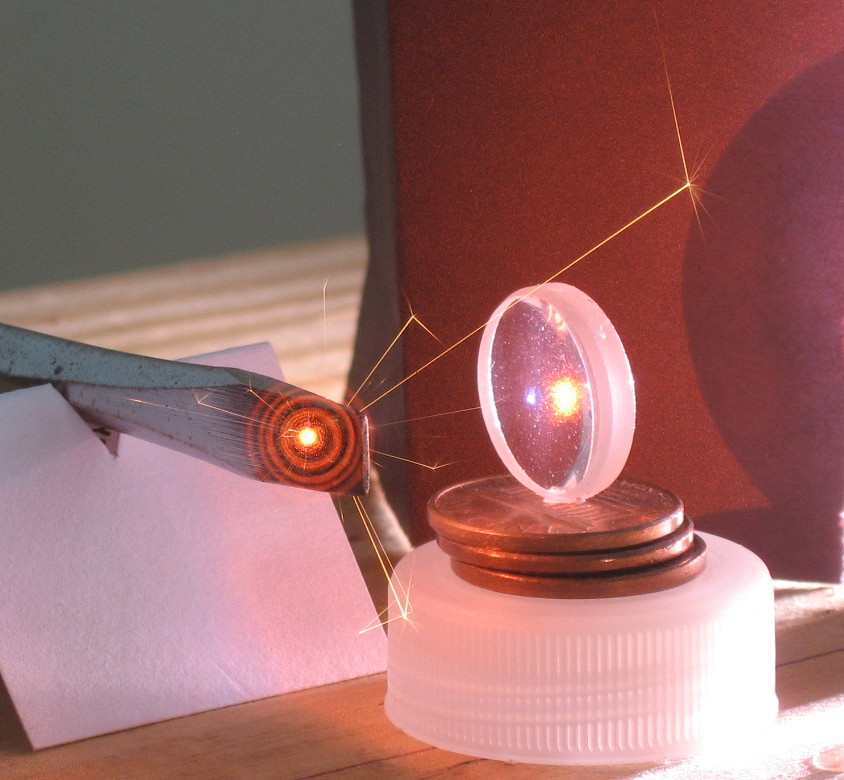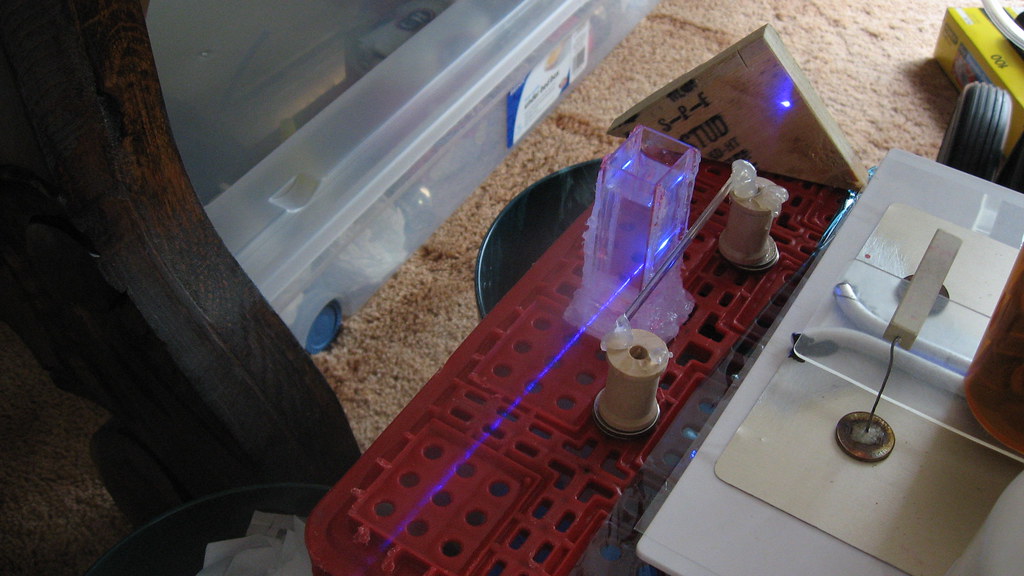Meatball
0
- Joined
- Feb 1, 2008
- Messages
- 2,894
- Points
- 0
Jayrob,
If you could add up all of your laser power, how many watts would that be?
Could you focus all your power onto a single point and split atoms apart in mid-air?
Please?
Haha very nice collection!
-Tyler
If you could add up all of your laser power, how many watts would that be?
Could you focus all your power onto a single point and split atoms apart in mid-air?
Please?
Haha very nice collection!
-Tyler







